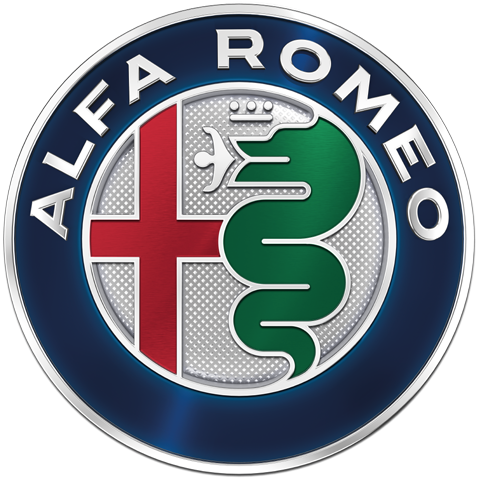Alfa Romeo World
Alfa Romeo 110th Anniversary
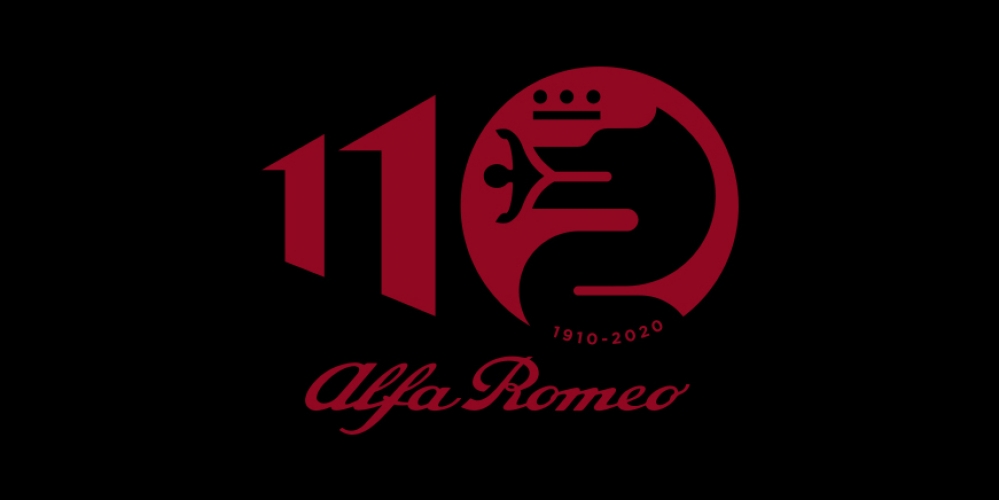
24 Jun 2020
Alfa Romeo 110th Anniversary
110 years ago in Milan, Italy an enduring automotive love story began that has shaped the passion that has fueled the history of Alfa Romeo. Celebrating 11 decades of performance, design and technology we break down some of the most important moments and vehicles that made Alfa Romeo a worldwide name on and off the racing track.
The Origin
In 1910 a group of entrepreneurs and businessmen acquired Società Italiana Automobili Darracq, the Italian branch of the French car maker, and established A.L.F.A. (Anonima Lombarda Fabbrica Automobili – “Lombard Automobile Factory, Public Company”).
The Iconic Logo
The Alfa Romeo logo was born at a Milan tram stop, where designer Romano Cattaneo was looking at the iconic Filarete Tower, Cattaneo’s eye was caught by the “Biscione Visconteo,” the coat of arms of the Visconti family, which had dominated medieval Milan. Merosi liked the idea and after developing different versions, the two friends decided that the most convincing one showed the Biscione dragon on one side and the emblem of the City of Milan, a red cross on a white background, on the other. The new logo combined the two heraldic crests on which was written in gold ALFA above and MILANO below, separated by two Savoy knots, to honor the royal family. While its basic design remained intact until today, throughout the years it was updated to reflect the most important changes within the brand.
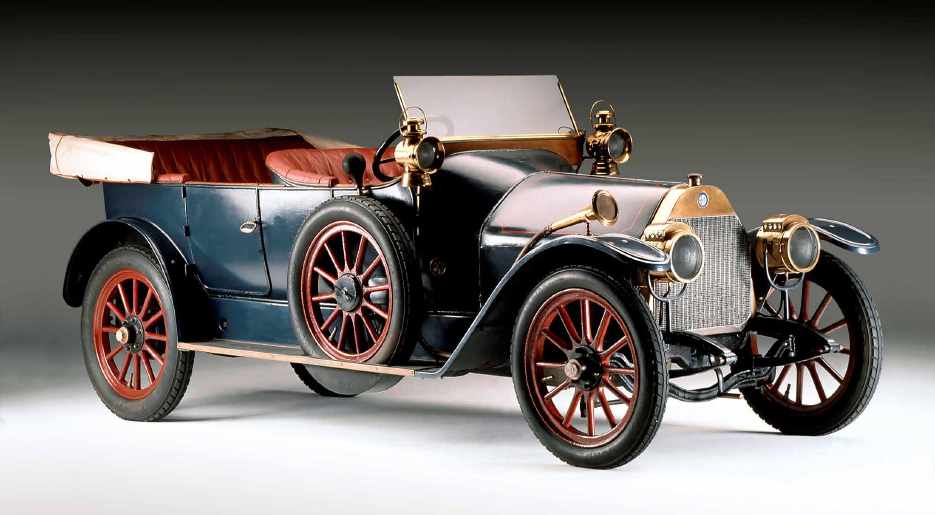
The First Car
A.L.F.A wanted to establish itself with a completely new and original model so they hired Giuseppe Merosi, who specialized in racing engines, and lead to the development of the 24 HP (pictured above). Offering a 4.1 liter engine, 42hp, the ability to reach 100km p/h and in today’s market would be described as sports sedan. Selling 50 units in their first year they also entered the 1911 Targa Florio competition where it led for most of the competition until an off-road excursion ending its lead.
Alfa Meets Romeo
By 1913, the company had produced 200 cars, and the A.L.F.A 24 HP was establishing a reputation of performance, technology and quality. By 1915 the company had 2,500 employees and produced different series of the 24HP, 15 HP and 40/60 HP. However, at the onset of World War I, the banks that owned the company’s debt entrusted it a young entrepreneur from Naples named Nicola Romeo.
During World War I the company produced military equipment and the plant was expanded and converted to war production, making engine compressors, ammunition and aircraft engines. Only in 1919, after the war had ended, did car production resume, initially with the assembly of parts in stock, then with the design of new models. It was the beginning of a new era. The Company’s name was officially changed to Alfa Romeo and the logo was updated accordingly.
See below the Alfa Romeo logo timeline and how it has evolved over the past 110 years.
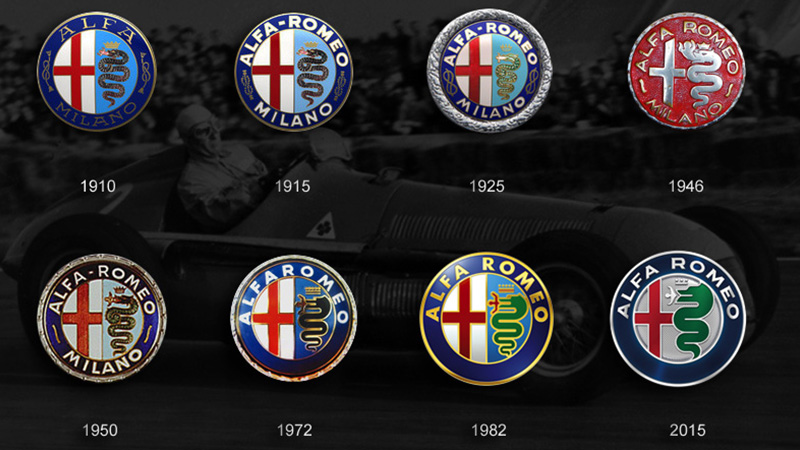
The Post-War Era
In 1922 the Alfa Romeo RL started production and was the first model to be released post World War 1. As this model gained worldwide success, multiple versions of the vehicle were created and released. Nicola Romeo was keen to continue to build the brand and participate in racing. After its victory in 1923 the RL “Corsa” which was renamed Targa Florio (pictured below).
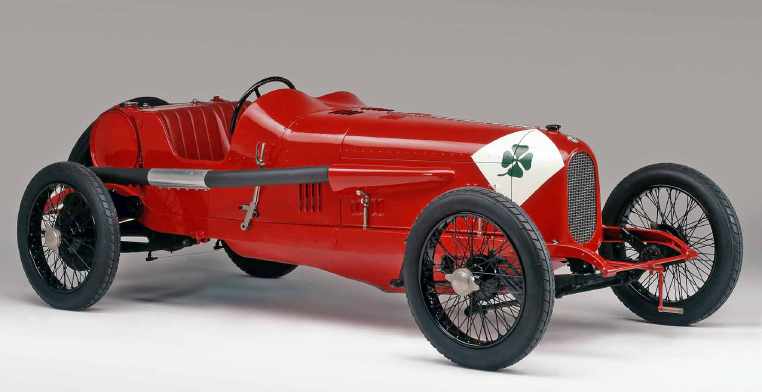
The Quadrifoglio Symbol: More Than Luck
Even though many stories surround the four-leaf clover (quadrifoglio in Italian) origin and its connection to racing and their high-performance models, it started back in 1923 where the Alfa Romeo team decided not to leave anything to chance. In view of the XIV edition of the Targa Florio, the team prepared a specific “Corsa” (racing) version of the new RL, made lighter, shorter, and more powerful. The best drivers of the time were summoned; but having great vehicles and the best drivers to win races was not enough: you also needed a bit of luck. The company decided to paint a lucky charm on the hoods of its cars: a green four-leaf clover. This race became a great victory for the brand and transformed the Quadrifoglio into an actual logo distinguishing all Alfa Romeo racing vehicles.
Early Racing Victories
In 1923 Vittorio Jano joined the company as the Chief Engineer, with his debut model being the Alfa Romeo Grand Prix Tipo P2, which was powered by Alfa’s first straight 8-cylinder supercharged engine. The Alfa Romeo P2 won the inaugural Automobile World Championship in 1925 and a total of 14 Grands Prix and major races including the Targa Florio. Jano’s engineering trademarks were small and efficient engines, balanced weight distribution and lightweight, precise onroad handling. These values remain at the core of today’s Alfa Romeo. The P2 was followed by the Alfa Romeo 6C. The 6C 1500 (Super Sport pictured below) was launched in 1928 followed by the more powerful 6C 1750, which had a top speed of 152 kph and a chassis designed to flex and undulate over uneven surfaces. The 6C became an industry milestone in the early ‘30s, winning races and concours d’elegance alike.
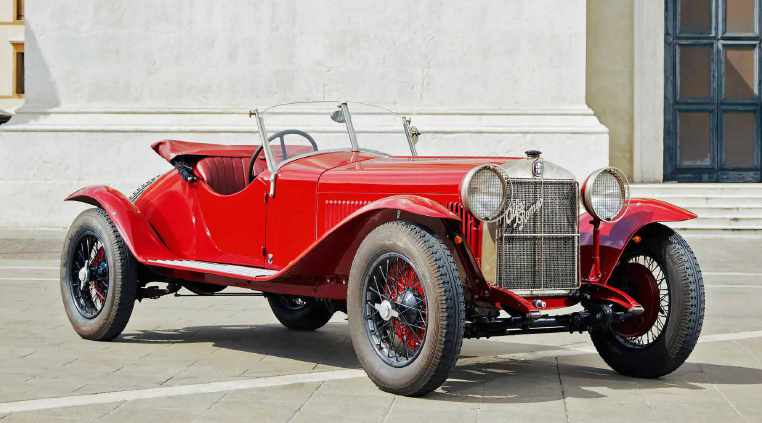
From 6 to 8
Jano was also responsible for the legendary 8C (2900 Le Mans pictured below) straight 8-cylinder engine with supercharger. This was the primary racing engine from its introduction in 1931 to its retirement in 1939 and marked with multiple race victories Alfa Romeo’s range of road, race and sports cars of the 1930s. The 8C was a true ”hypercar,” winning the most prestigious races of the time while showcasing state-of-the-art technology and design.
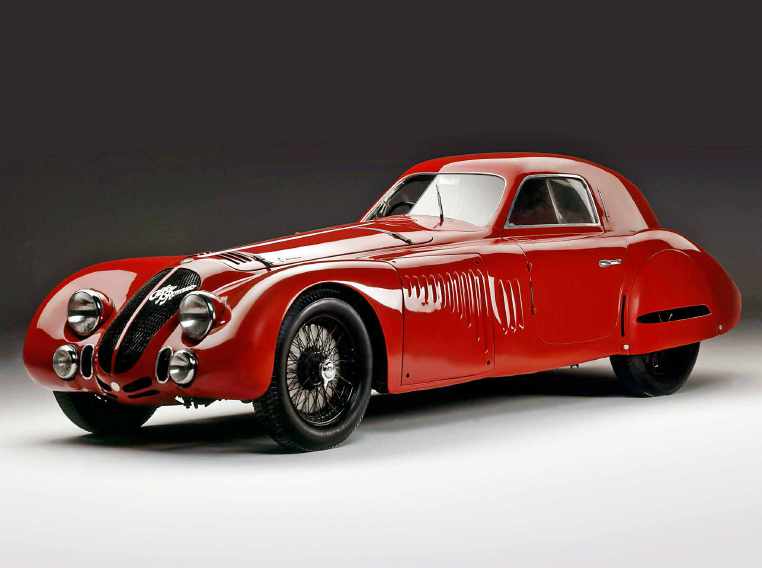
To “Monoposto” Is Born
Alfa Romeo developed a new straight-8 engine to be used in the world’s first genuine single-seat Grand Prix racing car. The valuable technical lessons learned from racing were transferred to standard production models. One vehicle that was quite experimental and certainly captured a lot of attention was the Alfa Romeo Bimotore. Designed by Luigi Bazzi, the vehicle used the Alfa Romeo Tipo B as a starting point, and a second 8-cylinder engine was added behind the driver which moved the fuel tank, to the sides of the body. Only two units were produced and while the vehicles didn’t achieve racing success but did reach a top speed of 337 kph.
Between Two Wars
Due to the 1929 worldwide recession, in 1933 the company was taken over by the State and Ugo Gobbato was appointed Managing Director. In 1935, the company was militarised and the whole racing team was entrusted to the Scuderia Ferrari. It is from this time that many legendary Alfa Romeo cars came about, including the 6C 2300, 6C 2500, 8C 2300 and 8C 2900. Under Ferrari’s management, in 1934 Alfa Romeo won more races than any other manufacturer. The 6C 2500 (Freccia d'Oro pictured below) was the first post-war vehicle built with featured design cues that would become distinctive milestones.
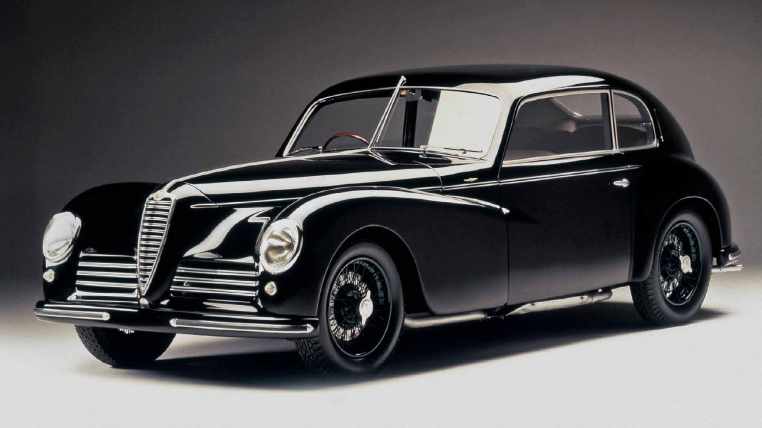
Formula 1 Wins
In 1950, the new Formula 1 World Championship was inaugurated, and for the Tipo 158 (pictured below) – known as “Alfetta” – it meant 11 victories in 11 races. These victories cemented Alfa Romeo’s reputation as a force to be reckoned with in the world of racing. Despite dominating the circuit, Alfa Romeo needed to concentrate its efforts on re-launching production cars, and decided to withdraw from racing, undefeated. The 1900 made its debut on the market, as the first Alfa Romeo car made on an assembly line and produced without a separate chassis. Introduced at the 1950 Paris Motor Show, it was the first Alfa Romeo offered with left-hand drive and was labelled as “the family sedan that wins races.”
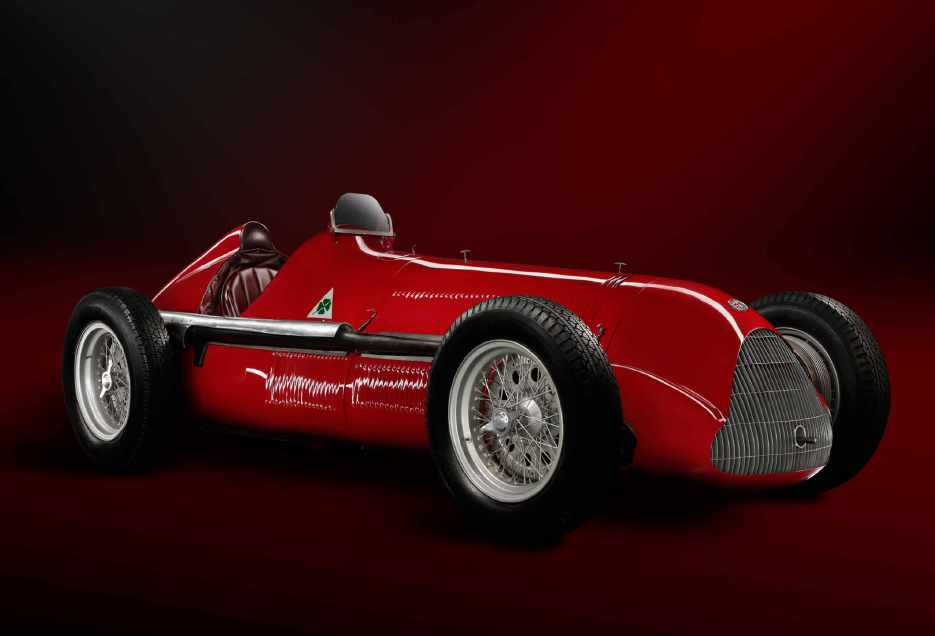
The Expansion
While Alfa Romeo retired from Grand Prix racing, the company developed a series of experimental sports racing cars: The Alfa Romeo 1900 C52 “Disco Volante” (Italian for “Flying Saucer” pictured below). The car had a streamlined, wind tunnel-tested bodywork and was capable of reaching almost 241 kph. Three spiders were made in 1952; in 1953 one was modified into a coupé, and another one into a more conventional-looking spider. Four of the five futuristic looking cars built in total survive today. Meanwhile, the company radically changed during the 1950s, transforming itself into a full-scale manufacturer that concentrated on the production of standard cars, industrial vehicles, aircraft and naval engines, and diesel engines for industrial applications. The Giulietta Sprint was introduced in 1954 at the Turin Motor Show. This car - along with a Spider (1955) and a berlina (1955) - would be crucial, and not only for the history of Alfa: it established new parameters and embodied Italy’s willingness to emerge post war. Furthermore, it consolidated Alfa Romeo’s vocation as a major automaker. The Giulietta Sprint sold so well that orders had to be suspended just a few days after it was introduced, the Alfa Romeo Spider become a symbol of Italian-made cars in the ‘50s and in 1961 Alfa Romeo started exporting cars to the United States.
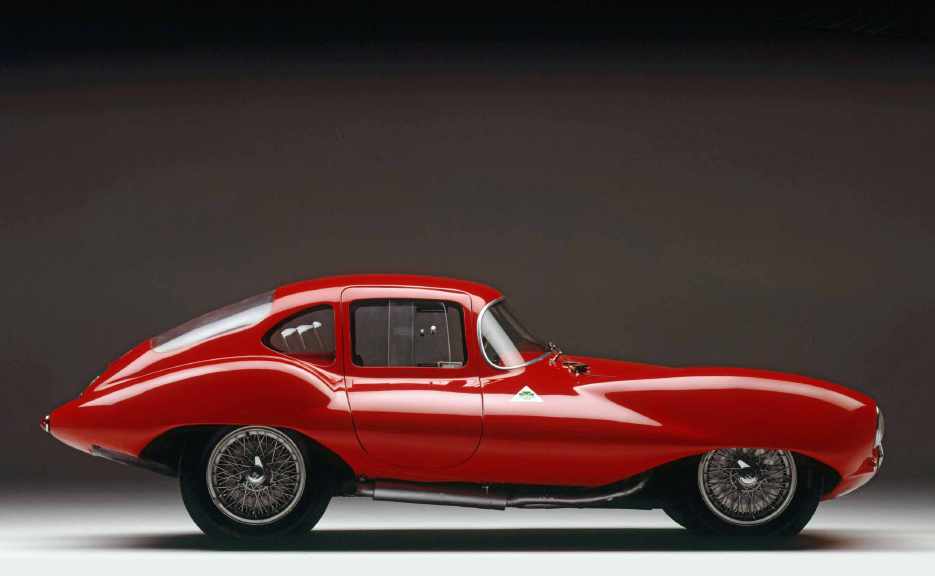
Giulia: A Star is Born
Eight years after the success of the Giulietta, Alfa Romeo unveiled the Giulia TI at the Monza Autodrome on June 27, 1962. At the end of its long career, the Giulia and its multiple derivatives – such as the Sprint GT, the Spider Duetto (1966) and the Super – reached the outstanding goal of one million units produced. The Spider Duetto is arguably the most famous of the models, as it was the iconic sports car driven by Dustin Hoffman in the 1967 Hollywood movie, The Graduate. Just 6,325 units of the Spider 1600 (pictured below) were built. The model was replaced by the 1750 Spider Veloce, the Spider 1300 Junior and the 2000 Spider Veloce, manufactured until 1994.
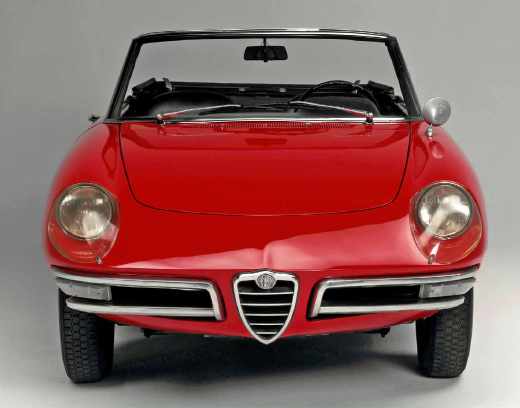
Autodelta
While expanding production in volume segments, true to its heritage, Alfa Romeo’s racing activities continued throughout the decade. In 1961 Autodelta was created and became Alfa Romeo’s racing department. The team was victorious on tracks worldwide with models such as the Giulia TZ (1963 - pictured below on right) and TZ 2 (1965). The team also developed the Giulia GTA, “A” standing for “Alleggerita” (lightweight in Italian), weighing only 745 kilograms. The Giulia GTA (pictured below on left) won seven European Championships and multiple international races, becoming one of the most iconic Alfa Romeos ever. In 1967, a new sports-car debuted: The Tipo 33. This was a sports racing prototype fielded by factory-backed teams. During its 10-year career, the Tipo 33 won the World Championships in 1975 and 1977. The Tipo 33 not only won races, it also inspired one of the biggest icons of the Alfa Romeo brand: the 33 Stradale (Italian for “road-going”). Built entirely by hand and with mid-engine configuration, the Stradale was one of the world’s first supercars, with a top speed of 260 kph. Only 18 vehicles were built, but this small run had a huge impact for the brand.
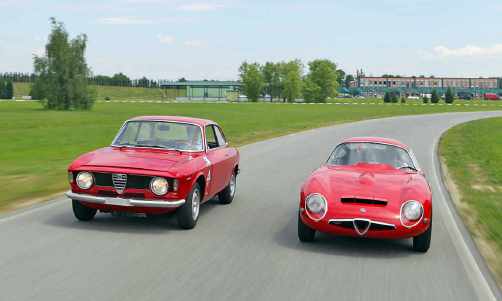
New Segments
Alfa Romeo continued to expand its portfolio in 1971 with the launch of the Alfasud (pictured below), a quick, compact entry-level car equipped with a number of sophisticated mechanical solutions. This sporty sedan was a leader in its segment for many years. Passion for performance – on the street and at the racetrack – continued in the 1970s. Inspired by the Montreal “Expo” prototype unveiled in 1967, the brand launched the production version of the Montreal in 1970. Featuring aggressive lines, a V8 racing-derived engine and great performance, the Montreal was one of the iconic grand tourers of the ‘70s.
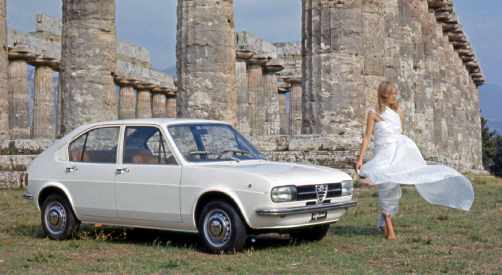
A New Company
In 1986 Fiat Group acquired Alfa Romeo, which produced the brand-new 164 four-door sedan. Based on the Alfa Romeo 156, a front-wheel-drive sedan penned by Walter De’ Silva that won European Car of the Year in 1998 and was a commercial success.
Car of the Year
Another ‘European Car of the Year’ was the 147, which launched at the 2000 Turin Motor Show. Originally presented as a three-door only, it was soon joined by a five-door. In true Alfa Romeo style, sportier versions of the 147 were soon available. Presented at the Geneva Motor Show in 2003, the Alfa GT was a four-seat coupe, with a style concept reminiscent of the Giulietta Sprint.

8C Competizione
At the 2003 Frankfurt Motor Show, another icon was born, when the company presented the 8C Competizione. When the production vehicle saw the light of day in 2007, featuring a Ferrari-based 4.7-liter 450-hp V8, this supercar was for collectors and a handful of lucky owners, with only 500 units produced. It was joined by the 8C Spider in 2008 (pictured below).
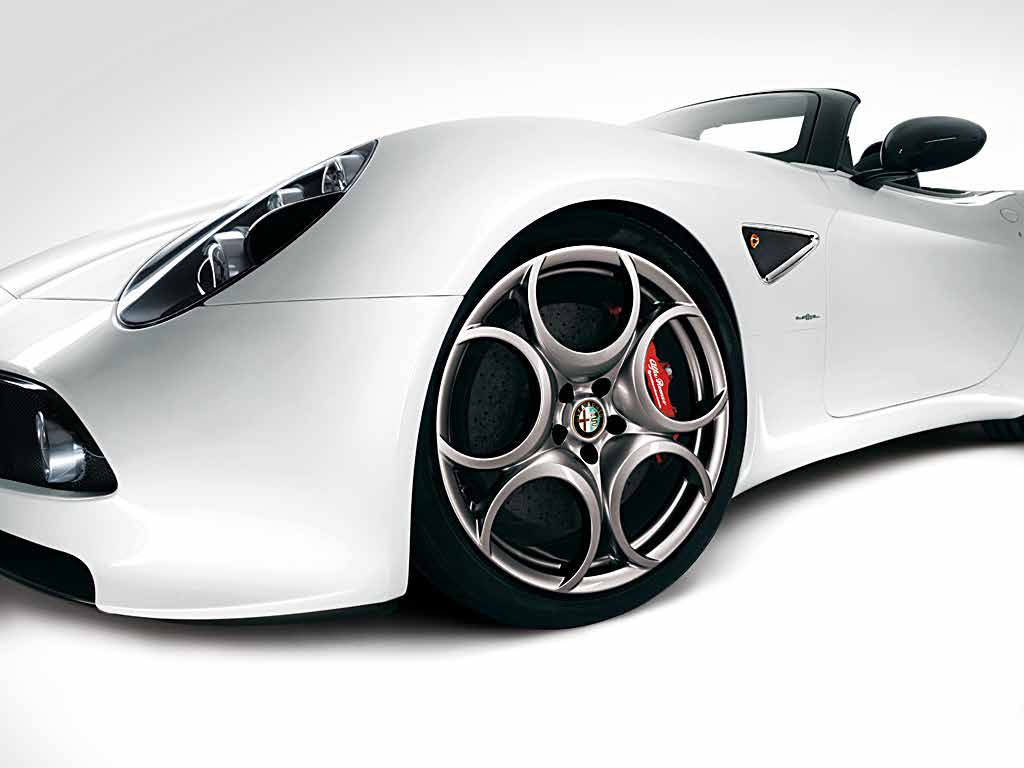
The Centenary
To celebrate its centenary in the year 2010, the brand revived the Giulietta, a five-door hatchback with an unmistakable Alfa Romeo look, capable of expressing both agility and a high degree of comfort on everyday roads. In 2015 the highly anticipated 4C mid-engine coupe made its debut and accelerated from 0-60 mph in just over 4.0 seconds. A year later, Alfa Romeo introduced the 4C Spider, which delivered the same exhilarating performance as the coupe. The return of the Giulia (pictured below on right) in 2016 and the introduction of the Stelvio (pictured below on left) in 2017 capped off the decade in style. The Giulia, a world-class high-performance sport sedan and a Quadrifoglio version with a Ferrari-derived 2.9-liter 505-hp twin-turbo V6, won both the 2018 Motor Trend Car of the Year award as well as a spot on the Car and Driver 2018 10 Best Cars list.
The Stelvio, that was named after the famous Stelvio Pass driving road in Italy, followed in the Giulia’s footsteps, winning multiple awards, and establishing itself as the benchmark among high-performance crossover SUVs. In 2018, Alfa Romeo returned to Formula 1 racing after more than 30 years away from the Sport. To help celebrate its 110-year anniversary, Alfa Romeo in March unveiled the Giulia GTA, a limited-edition high-performance sedan that harkens back to the famous 1965 Giulia Sprint GTA. The GTA features extensive application of carbon fiber inside and out as well as a race-inspired cockpit.
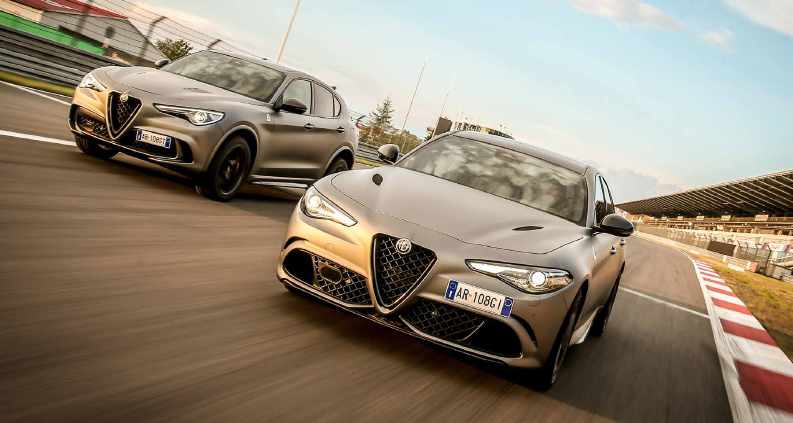
A Glimpse at The Future
Alfa Romeo looks back only to move forward. Inspired by a unique blend of technology and sensation, and mechanical performance and passion, the brand leverages its groundbreaking Italian design, advanced technology, and passionate racing-bred performance to build a vision for the future and explore new segments. At the 2019 Geneva Motor Show, Alfa Romeo revealed the Tonale concept, signaling a new crossover SUV. Like the Stelvio, the Tonale gets its name from a famous road – the Tonale Pass – in the Italian Alps. In true Alfa Romeo fashion, the Tonale won multiple awards, including “Best Concept Car Design” by Auto & Design, and “Most Beautiful Show Car 2020” at the 35th Festival Automobile International.

